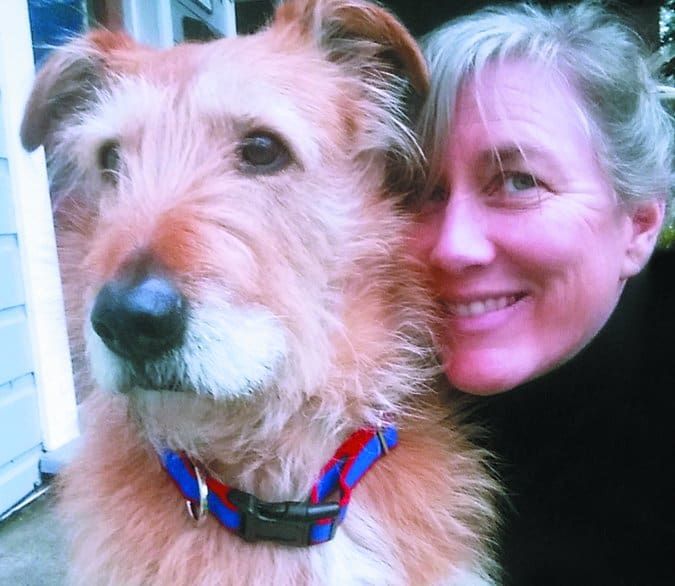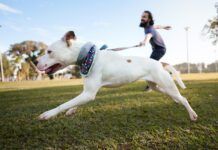Many years ago, my parents owned a German Shepherd Dog named Kale. (It wasn’t pronounced like today’s trendy vegetable; rather, the dog was named in dubious honor of a Hawaiian tough-guy former boyfriend of my oldest sister, and it was pronounced exactly like “Collie.” That confused everyone, calling our German Shepherd “Collie!”, but I digress.)
Kale (the dog, not the Hawaiian boyfriend) was a confirmed and completely unrepentant bee-eater. He was also completely untrained; my stay-at-home mom bought him from a backyard breeder not long after I, the youngest child and last one to leave home, left the “nest.” She needed another young being in the house to take care of – but she sort of forgot that I was the only one in the family who ever trained the family dogs. Kale grew up with zero direction, and like most GSDs, responded to the guidance vacuum by finding odd things to do with his time. Like hunt for bees.
Happily for Kale, there were almost always wasps flying around and under the deck that surrounded my parent’s above-ground pool. The big, underemployed dog made it his nearly full-time hobby to patrol the deck for any flying insects, but especially any wasps that might try to sneak past him and build a papery nest under the deck. Also happily for Kale, he wasn’t highly allergic to the many stings he suffered in the pursuit of his hobby. Oh, he often had a lumpy, swollen face, but we all sort of got used to it.
There was one benefit of his bee-obsession. Because he had no recall to speak of, my parents learned a trick to get his attention or to get him to come to them: They would mimic the buzzing of a bee, and he’d come running. Poor Kale! He never quite figured out that they were faking; he was enough of a good-hearted optimist that he would run to them and start looking for a bee. And given that my parents lived at that time in Petaluma, California, surrounded by dairy and beef cattle ranches and chicken farms, Kale’s search was almost always rewarded with some sort of tangy flying insect.
In all seriousness, however, many dogs are not as lucky as Kale; some suffer supremely uncomfortable swelling, and some even die from anaphylactic shock after being stung by bees or wasps. For this reason, we’re presenting you with not one but two articles that concern bees. The first, written by North Carolina veterinarian Catherine Carr Ashe, explains what you should know about the treating a dog who gets stung. And our Training Editor, Maryland dog trainer Pat Miller, explains how to teach bee-chasing dogs to leave bees alone, and how to teach dogs who panic at the sound of bees to just leave calmly.






